Scotland was a prominent partner in the British Empire. Its role has left a dark colonial legacy across the world. In this essay, Benjamin Wilkie explores the role of Scottish migrants in the colonisation of Australia. He argues that just as Australia is starting to address its colonial past, so too must Scotland.
Looking out over Dja Dja Wurrung country from Pyramid Hill, south-eastern Australia, in 1835, the Scottish explorer and surveyor, Thomas Mitchell, seemingly unaware of the people his claims would displace, observed: ‘A land so inviting, and still without inhabitants! As I stood, the first European intruder on the sublime solitude of these verdant plains … I felt conscious of being the harbinger of mighty changes; and that our steps would soon be followed by the men and the animals for which it seemed to have been prepared.’
By the late 1840s, his vision had become reality, but not without consequences. Mitchell later saw that the introduction of livestock had been ‘by itself sufficient to produce the extirpation of the native race, by limiting their means of existence; and this must work such extensive changes in Australia as never entered into the contemplation of the local authorities.’
The European colonisation of Australia seemed ‘to involve, as an inevitable result, the extirpation of the aborigines; and it may well be pleaded, in extenuation of any adverse feelings these may show towards the white men, that these consequences, although so little considered by the intruders, must be obvious to the natives, with their usual acuteness, as soon as cattle enter on their territory.’ Indeed, by the middle of the nineteenth century, the Indigenous population of Australia Felix – the landscape Mitchell had opened to settlement – had been decimated and reduced by 90 per cent.
‘Silently, but surely,’ wrote Mitchell, ‘that extirpation of aborigines is going forward in grazing districts, even where protectors of aborigines have been most active; and in Van Diemen’s Land, the race has been extirpated, even before that of the kangaroos, under an agency still more destructive.’
Scottish explorers such as Mitchell were at the forefront of both imperial and global European expansion, the necessary consequence of which was the removal of indigenous peoples from their land. This history is slowly, but increasingly, receiving its proper attention, but not without controversy.
Although Scots have often been cast as essential and proud partners of the British Empire, and pioneers in its outposts, little is said of the people they dispossessed and massacred across lands seized for the imperial project.
Drawing on the example of the first Prime Minister of Canada - the Scottish migrant John A. MacDonald whom Scottish First Minister Nicola Sturgeon praised in her Canada Day statement - the writer Calum MacLeòid argued recently that Scotland should do more to recognise its imperial and colonial histories. MacDonald was a key architect of assimilationist policies in Canada. His legacy - memorialised in place names, schools, and monuments - is currently under intense scrutiny.
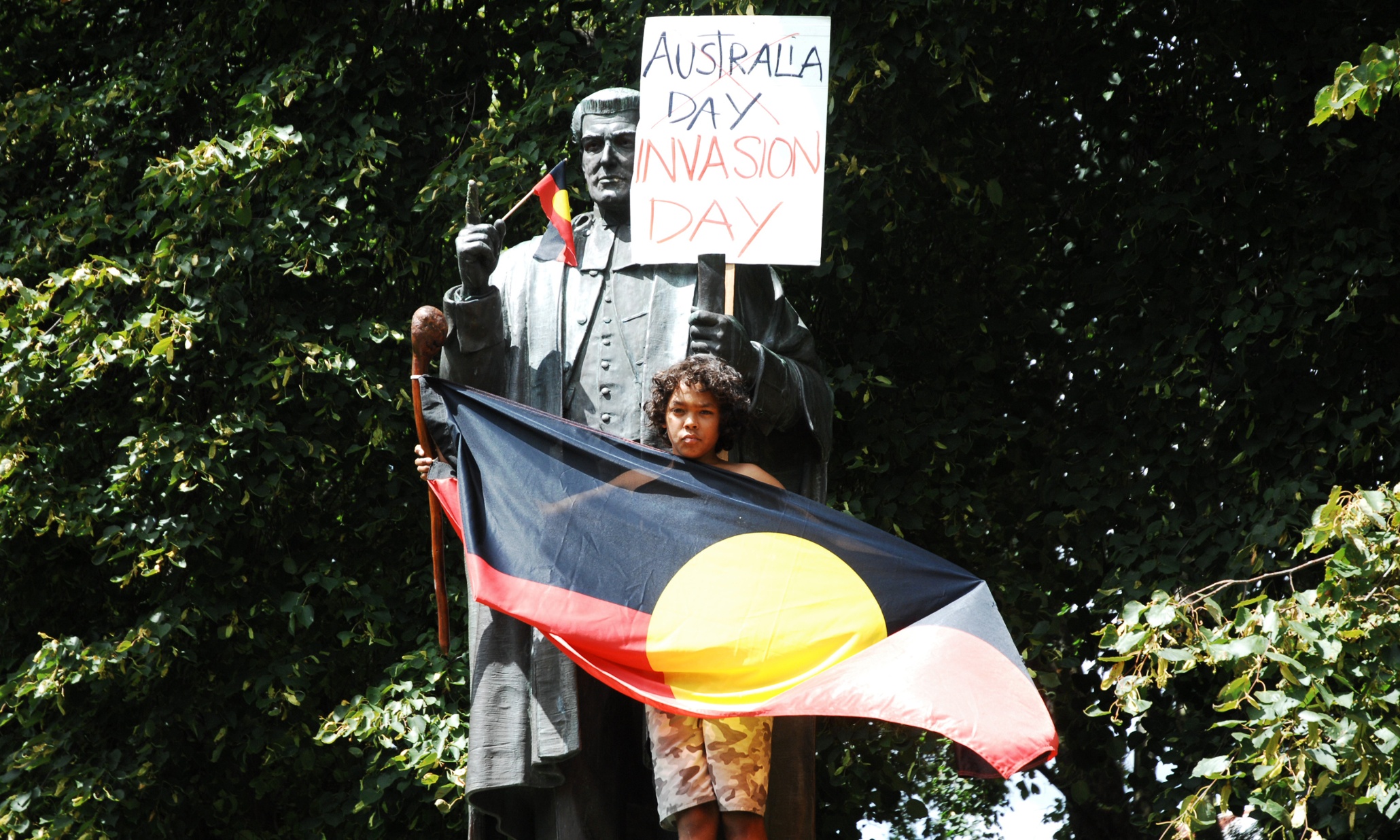
Australia, spurred on by events in the United States, is in the midst of its own monument wars. Wrapped up in a movement to change the date of Australia Day – which falls on the day British authorities formally established a settlement in the colony of New South Wales – statues of Captain James Cook, the son of a Scottish labourer who charted and claimed the eastern coast of Australia for Britain, have been vandalised. There have been calls for statues of Lachlan Macquarie, the Scottish Governor of New South Wales, to be removed, and for streets, rivers, ports, harbours, banks, and universities named after him to be reconsidered.
Although Scots have often been cast as essential and proud partners of the British Empire, and pioneers in its outposts, little is said of the people they dispossessed and massacred across lands seized for the imperial project. In a recent commentary that highlighted six Australian statues as problematic because of the place of their subjects in colonialism, three (Thomas Mitchell, Angus McMillan, and Lachlan Macquarie) were born in Scotland, one (James Cook) was the son of a Scot, and another (John Batman) was funded by Scots. There are good reasons, then, for those at ‘home’ in Scotland to pay attention to these happenings around the world.
In a recent commentary that highlighted six Australian statues as problematic because of the place of their subjects in colonialism, three (Thomas Mitchell, Angus McMillan, and Lachlan Macquarie) were born in Scotland, one (James Cook) was the son of a Scot, and another (John Batman) was funded by Scots.
To focus on the charismatic individuals here, however, is to obscure a rather more discomforting truth about the Scots abroad in the Empire. As the scholar Donald Harman Akenson puts it: ‘everyone – every person who boarded an emigration vessel, every European peasant farmer who cashed a remittance order from his children in the New World, every missionary, priest, civil servant, and hawker of ballads and newspapers from the old homeland – was part of a single system.’
IDENTITY, COLONIALISM, AND MIGRATION HISTORY
We have rarely acknowledged the role of Scots as colonisers, though popular accounts have frequently noted their capacities as imperialists. There has been a focus on success, pioneering heroism, and triumph in Britain’s colonies. Even in more humble interpretations, tales of individual spirit and adventure, or of the poor conditions from which migrants escaped for new opportunities, dominate the narrative.
Popular versions of historical Scottish migration have, furthermore, tended to insist that Scottish migrants were for the most part tartan-clad Highlanders forced by English and Lowland agriculturalists to leave their homes and communities. The Highland Clearances have become particularly important: ‘People these days identify more comfortably with victims of empire than with imperialists”, writes one historian, “and victims as well as victors create their own histories.’
The eviction of Highlanders and their forced exile have become powerful images, even though most Scottish migrants were urban Lowlanders, migrated voluntarily, and were for a long time keen participants in the British Empire. In countries with colonial histories, nevertheless, the re-imagining of ‘Celtic’ colonists as victims on par with indigenous populations – whether as downtrodden Highlanders or mythical ‘Irish slaves’ – continues apace.
In countries with colonial histories, nevertheless, the re-imagining of ‘Celtic’ colonists as victims on par with indigenous populations – whether as downtrodden Highlanders or mythical ‘Irish slaves’ – continues apace.
These are subtle re-imaginings of the past that should be handled with great caution. In the United States, it has been argued, although the Scottish heritage movement may at times employ the ideological tools of ethnicity – dress, family organisation, or religion, for example – it has never attempted to maintain its differences in distinction to assimilation and the dominant settler culture. There is an argument to be made that Scottish ethnic associations abroad – often disconnected with any collective links to Scotland itself – have asserted a ‘white ethnicity’ at a time when, in the United States, there is rising anxiety about the gains people of colour have made.
While Scottish associational culture is perhaps more diverse than its harsher critics allow for, the critique of the Scottish heritage movement in the United States raises useful questions for interrogating similar phenomena in other parts of the world. My own home country, Australia, has both a history of colonial dispossession and significant Scottish immigration.
THE SCOTS IN AUSTRALIA
The modern acknowledgment of responsibility for the injustices of Australia’s colonial history has been uncomfortable for the descendants of eighteenth and nineteenth-century settlers.
Claiming a place in Australia has become increasingly associated with the displacement of others as a result of British imperial expansion. After two centuries of colonial thinking, Australians are beginning to reflect seriously on what it means to be a settler colonial society in the twenty-first century. As the great Australian historian Manning Clark put it in 1988, ‘no human being can ever know heart’s ease in a foreign land, because in a foreign land there live foreign spirits. We white people are condemned to live in a foreign country where we have no ancestral spirits.’
After two centuries of colonial thinking, Australians are beginning to reflect seriously on what it means to be a settler colonial society in the twenty-first century.
In the absence of a formal treaty with Indigenous Australians, Australia is an incomplete project. The knowledge that Australian land was taken without consent is a critical challenge to the nation’s sense of identity and cohesion. As a result of Australia’s colonial past, ‘belonging’ in Australia has often become fraught with difficulty.
Indeed, the rising identification with Scottish ancestry, and identification with other parts of the British and Irish Isles, among settler Australians could be better understood in the context of increasing awareness of the plight of Indigenous Australians since the 1980s and 1990s. There is sense that identifying oneself as Scottish means something different, in terms of indigenous-settler histories, from identifying as Australian. Scotland today, however imagined, represents a place of uncomplicated belonging for many Australians of Scottish ancestry.
The day-to-day ‘performance’ of Scottish Australian identity, however, presents little that is inherently problematic beyond concerns around the authenticity of some cultural traditions. Indeed, there is much to recommend the volunteerism and community-building ethos central to the clubs and societies of Scottish Australia.
It is the potential re-casting of the historical experience of Scottish (or Irish or Welsh) migrants, however, as having little to do with the violence of colonisation – such migrants are frequently re-imagined as victims of colonisers themselves – that undermines Indigenous experiences of colonisation, both historical and contemporary.
UNSETTLING HISTORIES
There is relatively little scholarly or popular work available to provide a direct corrective to the images and narratives at the core of what might be described as a re-assertion of white identity in contemporary settler colonial societies. This dearth is particularly acute in Australia. That is to say, the role of Scottish migrants in the colonisation of indigenous Australia has rarely been the subject of any sustained and focused critical examination.
Historians of the Scottish diaspora have been reluctant to fully recognise, as Akenson observes, ‘that the better life for Europe’s migrants was paid for in part by a worse life for the dispossessed … both the Scots and the Irish migrants to the various New Worlds did very well for themselves, and in part this was because they participated in a system that, at best, was gargantuan theft – and, at worst, genocide.’
A brief examination of well-known historical cases reveals as much. While James Cook primarily laid the groundwork for British colonisation, Lachlan Macquarie, the Scottish ‘Father of Australia’, ordered reprisal attacks against Murningong and Gandagarra people near modern-day Sydney in April, 1816. It was, in his own words, a war against Aboriginal Australians. The full order bears repeating in full:
On any occasion of seeing or falling in with the Natives, either in bodies or singly, they are to be called on, by your friendly Native Guides, to surrender themselves to you as Prisoners of War. If they refuse to do so, make the least show of resistance, or attempt to run away from you, you will fire upon and compell them to surrender, breaking and destroying the spears, clubs, and waddies of all those you take Prisoners. Such Natives as happen to be killed on such occasions, if grown up men, are to be hanged up on trees in conspicuous situations, to strike the Survivors with the greater terror. On all occasions of your being obliged to have recourse to offensive and coercive measures, you will use every possible precaution to save the lives of the Native Women and Children, but taking as many of them as you can Prisoners.
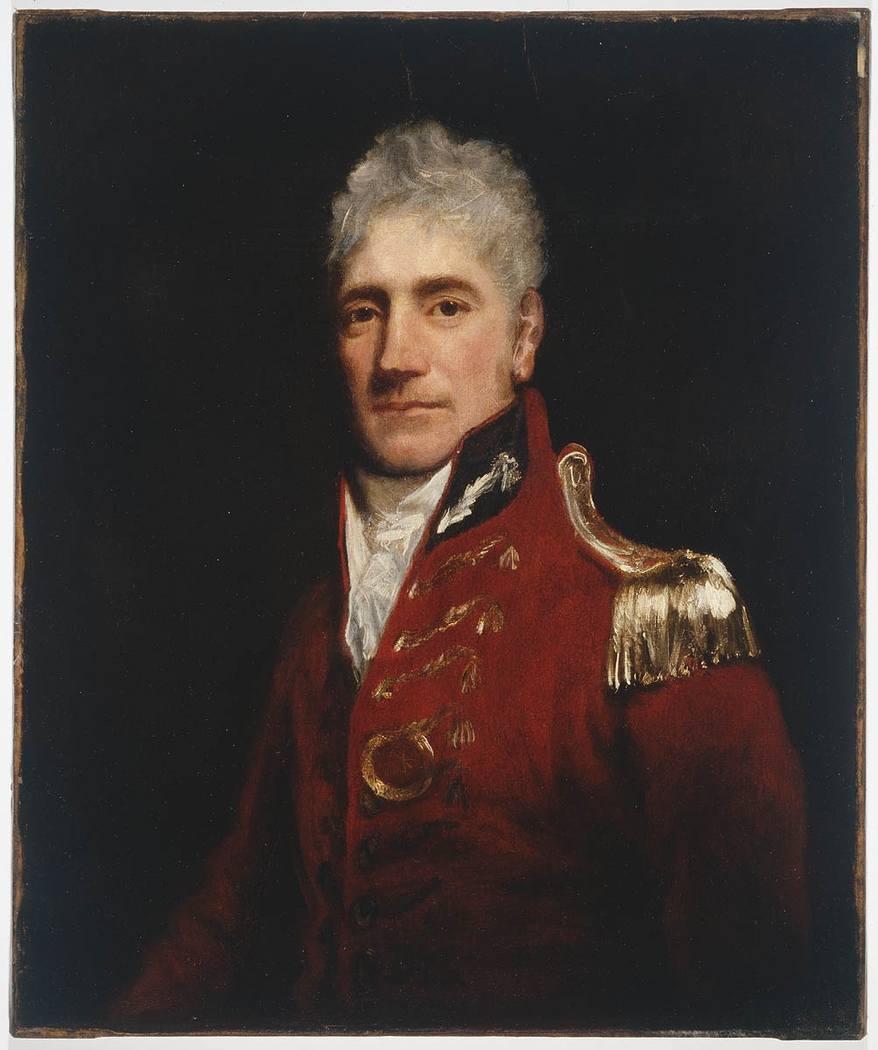
Macquarie, however, has been hailed in Australia and Scotland as a pioneer and a hero, one of the many Scots who were overrepresented in the administration of Britain’s vast imperial project, and on the frontiers of colonial expansion. Tourists can visit his mausoleum on the Isle of Mull, where an inscription proudly claims him as the ‘Father of Australia’.
In another well-known example, Don Watson’s 1984 Caledonia Australis famously told the story of Highlander Angus McMillan and the slaughter of hundreds of Indigenous people in Gippsland, Victoria. Scottish author and McMillan descendent, Cal Flyn, has recently revisited this story in Thicker Than Water.
McMillan, from Skye, is associated with leading massacres and killings at Nuntin, Boney Point, Maffra, Butcher’s Creek, and Skull Creek in the 1840s. McMillan and his ‘Highland Brigade’ led one of the single most notorious massacres of Aboriginal people in Australian history when, in the process of expanding his pastoral empire, they shot up to 200 hundred Gunai men, women, and children in one day at Warrigal Creek in July 1843. Now, the federal electorate that bears his name is being reconsidered.
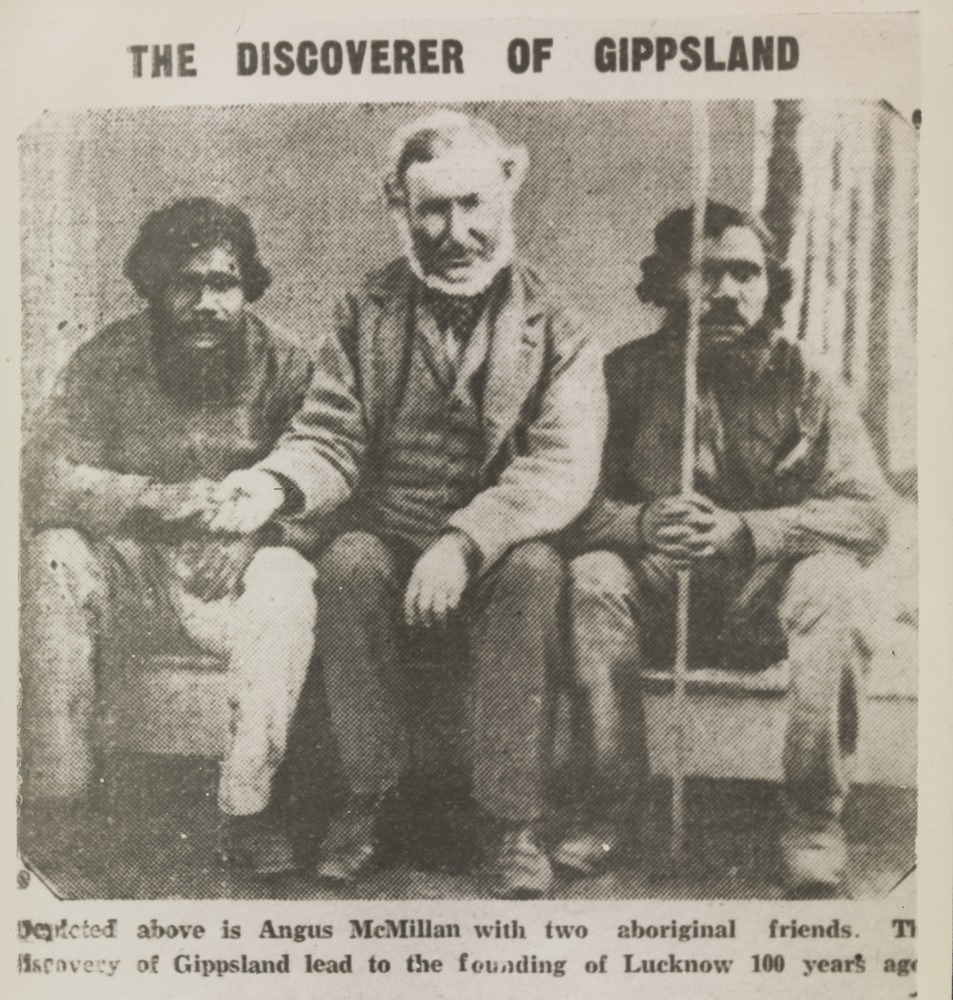
McMillan’s story is not unique. Indeed, the central figure of Margaret Kiddle’s classic history, Men of Yesterday, Scottish pastoralist Neil Black, is known for his opinion that: ‘The best way [to acquire land] is to go outside and take up a new run, provided the conscience of the party is sufficiently seared to enable him without remorse to slaughter natives right and left.’
In my own research, I have uncovered harrowing accounts of children in Western Victoria being beaten to death and burned alive by Scottish farm labourers, their overseers poisoning entire families. In 1842, a Scottish pastoralist on the south-western coast of Victoria “had sent away into the bush to some natives … a quantity of what was supposed to be flour. Of this they partook, and were immediately seized with burning pains in the stomach, vomiting, sinking of the abdomen and intense thirst … on the following morning three men, three women and three children were dead.” He had laced their flour with arsenic, and later burned their bodies.
We can also look, however, to Scottish Presbyterian missionary activity, or to those encounters characterised not by violence but by curiosity, charity, and cross-cultural exchange, such as those of the Scottish pastoralist and ethnographer James Dawson. We can never forget, however, that the corollary of British colonisation was death and dispossession.
The triumphal popular narrative of the Scots abroad and the tragic history of Aboriginal dispossession are necessarily connected, despite the uneasiness with which they sit together. But when we do hold the two sides to imperial migration together, it might be possible to gain a better understanding of Scotland’s role in imperialism and colonialism in the nineteenth century.
CHALLENGING THE NARRATIVE
Although Scots were at the forefront of the widespread dispossession of indigenous peoples that followed mass European settlement in the Americas, Africa, Australasia, and the spread of the British Empire across the world, this subject has only just begun to be explored with any great energy.
Indeed, some prominent writers have previously viewed relations between Scottish and the indigenous peoples of the various lands they settled with optimism. In the tellingly entitled How The Scots Invented The Modern World, Arthur Herman writes: ‘In one colonial setting after another, Scots proved themselves far better able to get along with people of another culture and colour than their English counterparts.’ The British historian Michael Fry, in How The Scots Made America (there is a theme here), wrote of Scots and Native Americans: ‘the generosity and freedom of both peoples made a mutual appeal to them across the racial barrier.’ Both Irish and Scottish settlers in Australia have been cast in a similar light.
These are comforting myths for Scots - in the diaspora, and at home. But for a nation that is only now beginning to come to terms with its role in the slave trade, they are challenging myths to dislodge. As the columnist Cat Boyd recently queried, ‘If you began hauling down Scotland’s many statues, street names, and buildings linked to slavery, colonialism and racism, would there be violent protests? … Forget it. And maybe the reason is that we are far too ignorant of our nation’s past to feel guilty about it.’
Of course, Scots were not significantly more generous or benevolent than the norm for British or European settlers in their relations with indigenous peoples, or in their attitudes towards the appropriation of their land. In Africa, Australasia, and North America they were as complicit as other nationalities in their racial discrimination. In particular, there is no historical evidence to support the argument that Highlanders and indigenous peoples were, in any general sense, less inclined to to violence because of a shared historical experience and social structures.
Indeed, the Scots were some of the most active and enthusiastic participants in what is described as ‘the greatest single period of land theft, cultural pillage, and casual genocide in world history.’ This is the history that hides in the shadows of Scotland’s 40-million strong diaspora – a diaspora that the Scotland and its government is enthusiastic to reach out to and celebrate. If Scotland is to move forward as a nation confident about its place in the world, this history must first be addressed.
Benjamin Wilkie is an Australian historian and academic. His forthcoming book is The Scots in Australia 1788-1938, published by Boydell Press. He can be found on Twitter at @benvwilkie.
Feature image: A plaque on the wall of Lachlan Macquarie Chambers, Parramatta, Sydney. Image: Kgbo [CC BY-SA 4.0]

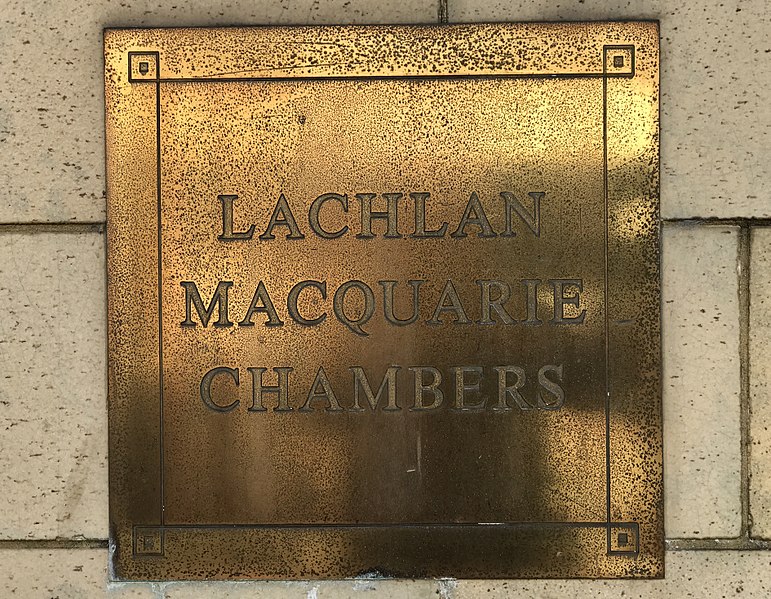

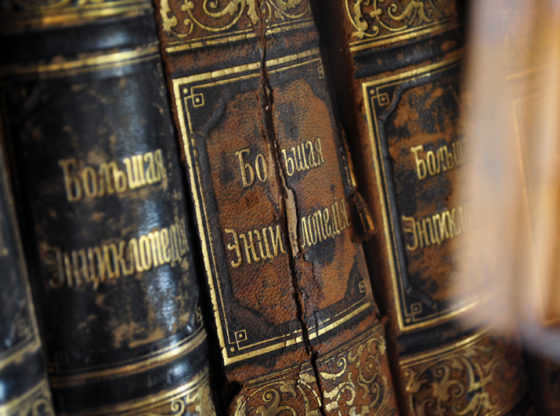
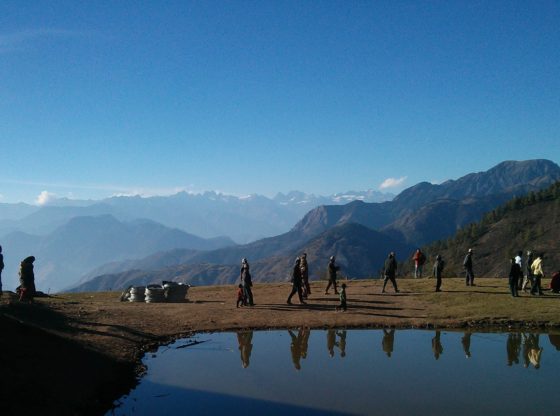
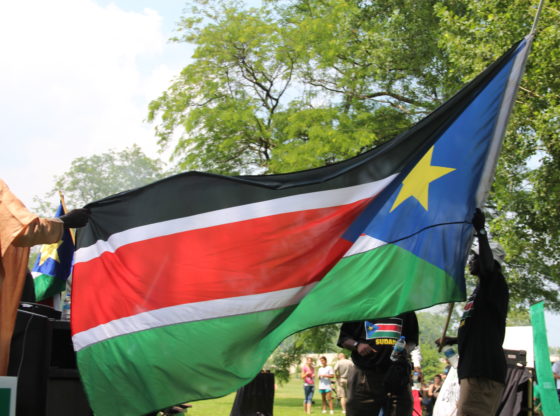
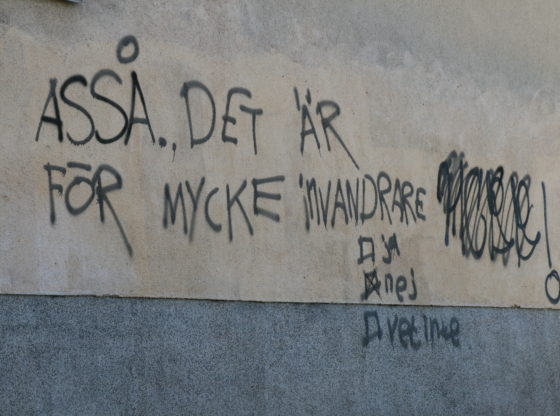
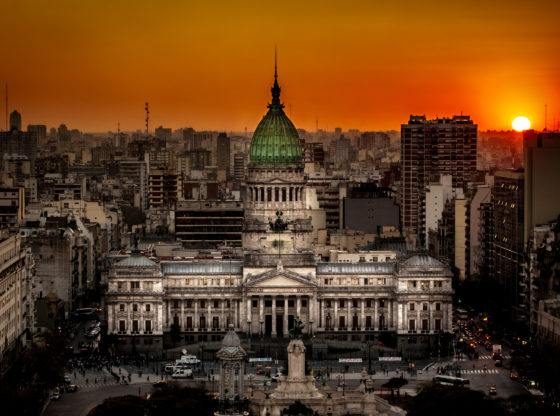
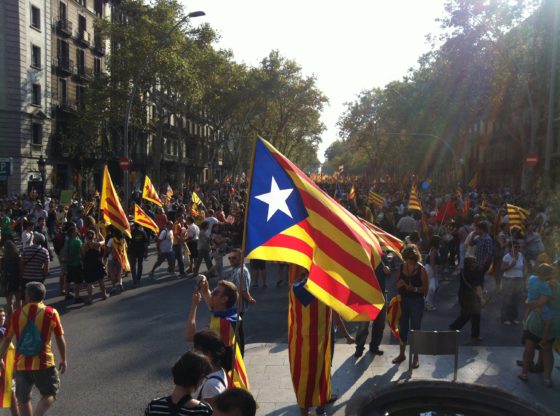
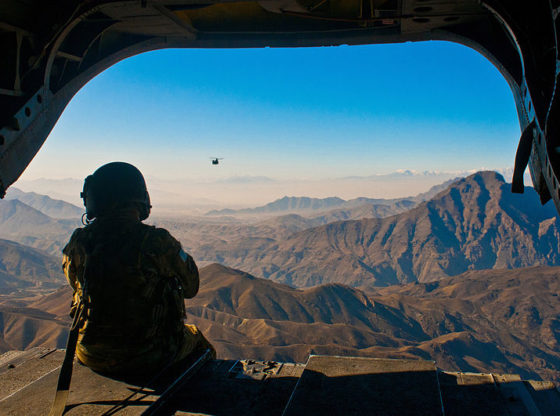
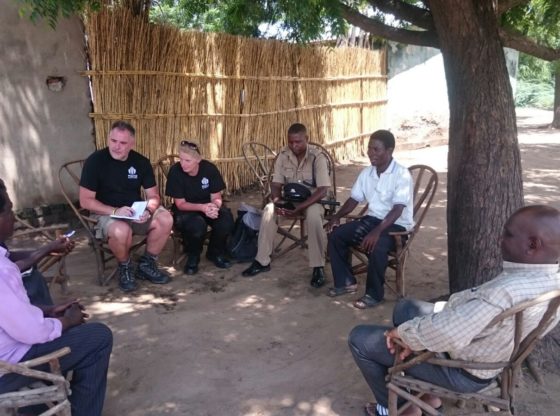
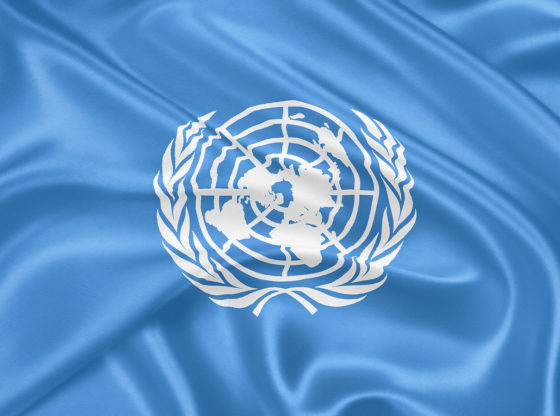
Comments
Comments are closed.